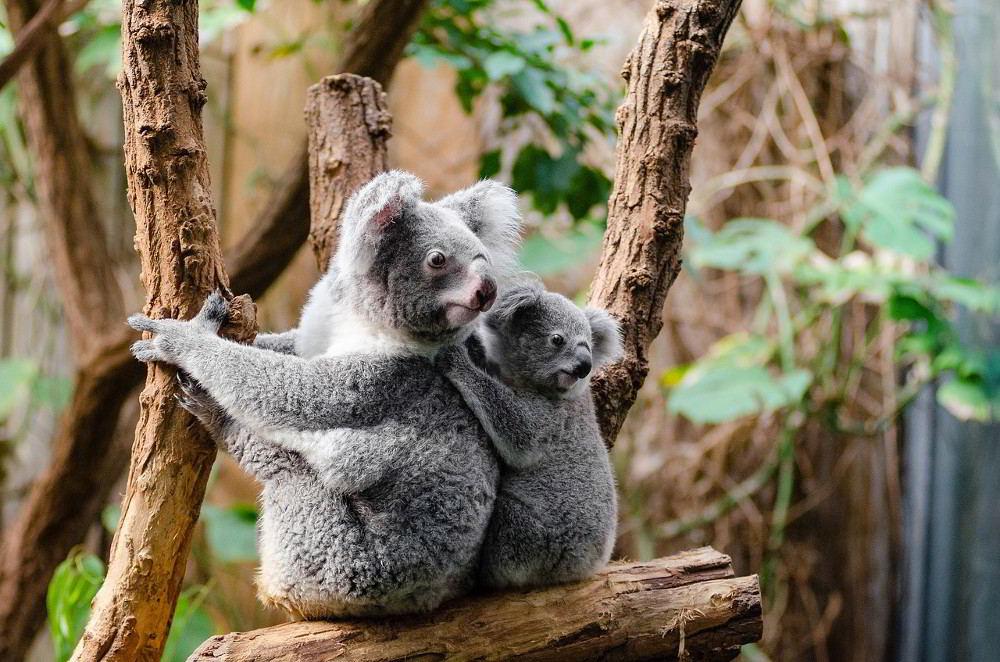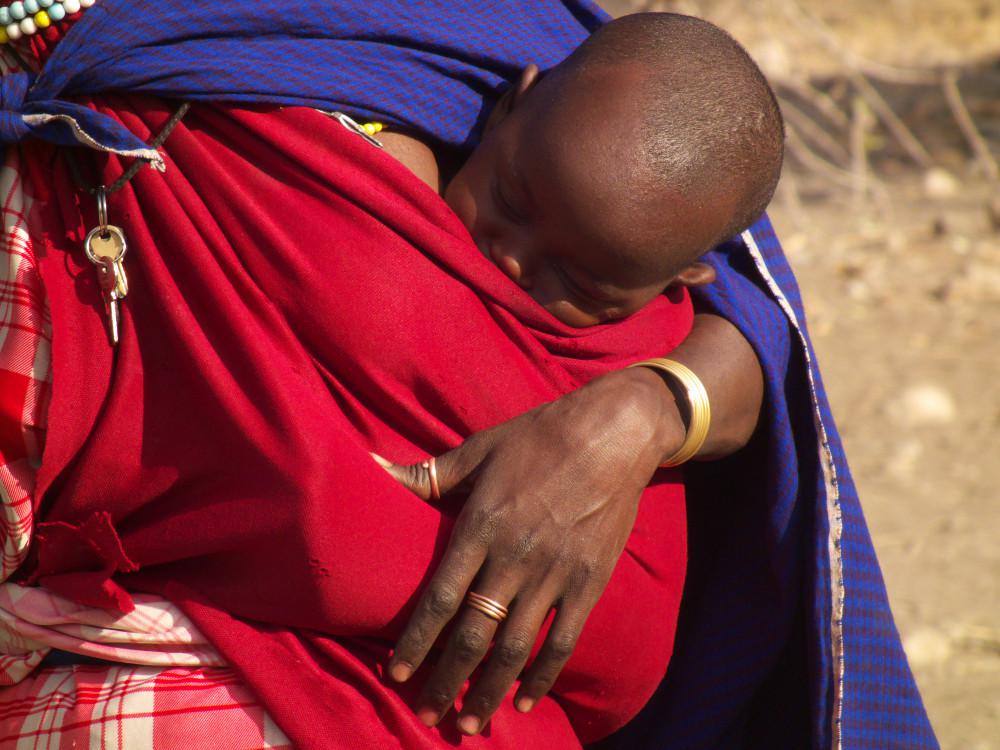Of nest stools, nest fledglings and baby carriers
I would like to start this post by explaining the terms to you. Anyone who deals with biology certainly knows these terms. Often they are also mentioned in school lessons.
In the biological context, babies are first distinguished between nest st ools and nest fledglings. Nest stools are those animals that are still completely helpless at birth and dependent on the care of others. When they are born, they are naked and blind and cannot move around on their own.
What animals are nestlings?
Here is a list of animals that are nestmates:
- Dog
- Cat
- Rabbit
- Mouse
- hamster
- many species of birds
- and many more.
Nest breeders, on the other hand, are exactly the opposite. From birth, they are more or less a copy of their parents, only smaller. Eyes and ears are open, depending on the species they already have fur to keep the temperature and can already move around on their own. Thus, after birth, they initially follow the mother, but could also flee on their own in an emergency.
Which animals are nest-fugitives?
Nest fledglings include, for example:
- Horse
- Elephant
- European hare
- Whale
- Chicken
- Duck
- Snake
- and many more.
In the 70's another term was mentioned in this context, namely the Tragling. You can probably already guess: The Tragling is a mixture of Nesthocker and Nestflüchter. It describes all young animals, which are carried by the mother (or the father), because the independent locomotion is not yet possible. In this type, a distinction is made between active and passive baby carriers. To the active Traglinge count the monkeys, because these cling actively to their mummy. The passive baby carriers are carried in pouches, for example, where they finally finish "maturing". These include, as you can imagine, the kangaroos or koalas.

Now what about the human babies?

Human babies are classified in biology as baby carriers. They are not yet able to move independently, but they have their eyes and ears open at birth. The sensory channels are mostly mature. One speaks even of active Tragling, since they would be able among other things by the gripping reflex to hold on to the mother (except that we humans lack meanwhile the fur to hold on).
Conclusion
Human babies are born to be carried!
Image sources:Picture Koala: pixabay.com.
Picture child in sling: wikipedia.org.
No comments yet.